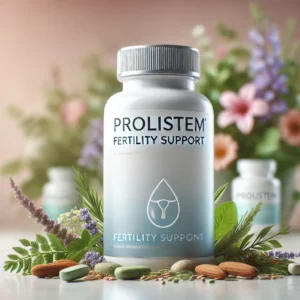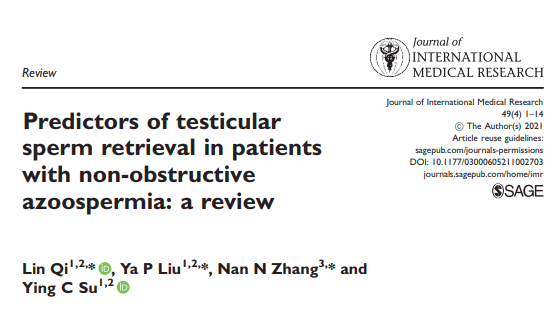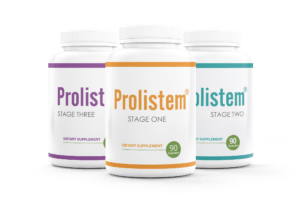
Prolistem fertility support
Prolistem Fertility Support: Unlocking the Secrets to Enhanced Reproductive Health Many couples face challenges with conception, and infertility is more common than we often realize.

Azoospermia management. Non-obstructive azoospermia (NOA) is a severe form of male infertility affecting approximately 1% of all men and up to 15% of infertile men. Unlike obstructive azoospermia, where sperm production is normal but physically blocked, NOA results from the inability to produce sperm due to testicular failure. Before 1995, couples facing NOA had limited options such as sperm donation or adoption. However, advancements in reproductive technologies, such as testicular sperm aspiration (TESA) and microdissection testicular sperm extraction (MD-TESE), combined with intracytoplasmic sperm injection (ICSI), have revolutionized the treatment landscape, enabling biological parenthood.
TESA and MD-TESE are the primary surgical techniques for sperm retrieval in NOA patients. While both methods involve extracting sperm directly from the testicular tissue, MD-TESE is widely regarded as the superior option due to its higher sperm retrieval rate (SRR), minimal invasiveness, safety, and reduced risk of postoperative complications like bleeding and low testosterone levels.
Despite their efficacy, these procedures do not guarantee success, and failure can have significant emotional and financial repercussions for couples. Consequently, identifying predictors of successful sperm retrieval is crucial to improve outcomes and reduce unnecessary interventions.
Azoospermia management. The variability in predicting SRR highlights the complexity of NOA. While factors like FSH, TV, and histopathology provide valuable insights, their inconsistent predictive power underscores the need for further research. Developing more accurate predictive models and leveraging advanced imaging techniques will likely improve outcomes and patient satisfaction.
Managing non-obstructive azoospermia requires a nuanced approach that balances patient-specific factors with the capabilities of modern reproductive technologies. Identifying reliable predictors of sperm retrieval success not only enhances surgical outcomes but also alleviates the psychological and financial burden on affected couples. As research progresses, integrating genetic, hormonal, and imaging data into predictive models will pave the way for more personalized and effective treatments.

Prolistem Fertility Support: Unlocking the Secrets to Enhanced Reproductive Health Many couples face challenges with conception, and infertility is more common than we often realize.

Prolistem Supplement: The Best Male Fertility Support for Azoospermia Treatment Introduction If you are struggling with male infertility, Prolistem supplement might be the solution you

Prolistem, a patented formula, has not been evaluated by the Food and Drug Administration. This product is not intended to diagnose, treat, cure, or prevent any disease.
Copyright © 2025 Prolistem®
Prolistem, a patented formula, has not been evaluated by the Food and Drug Administration. This product is not intended to diagnose, treat, cure, or prevent any disease.
Copyright © 2023 Prolistem®